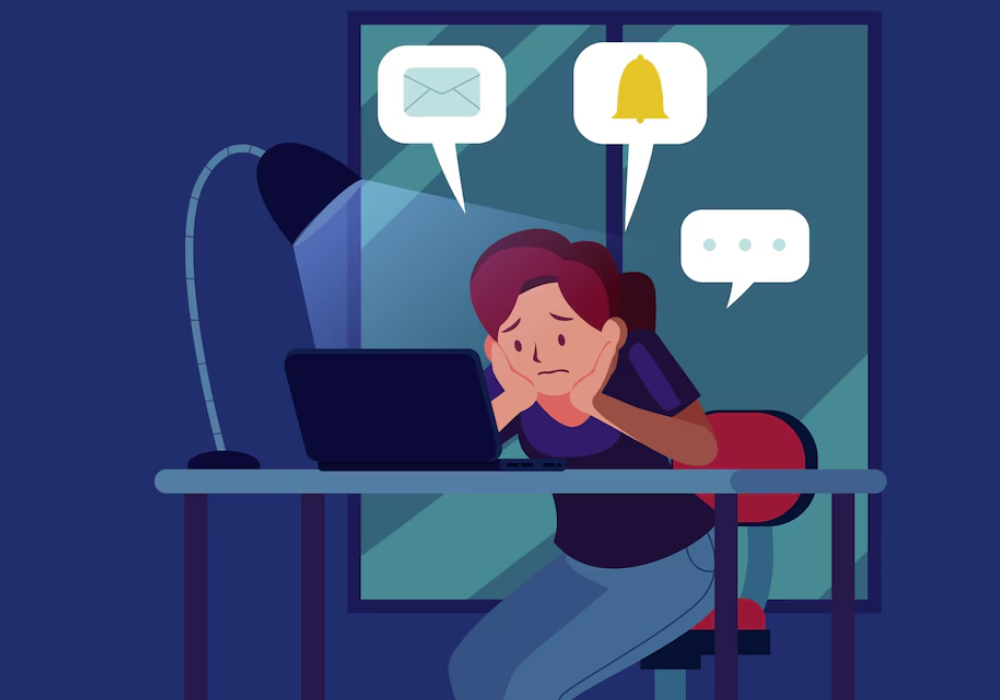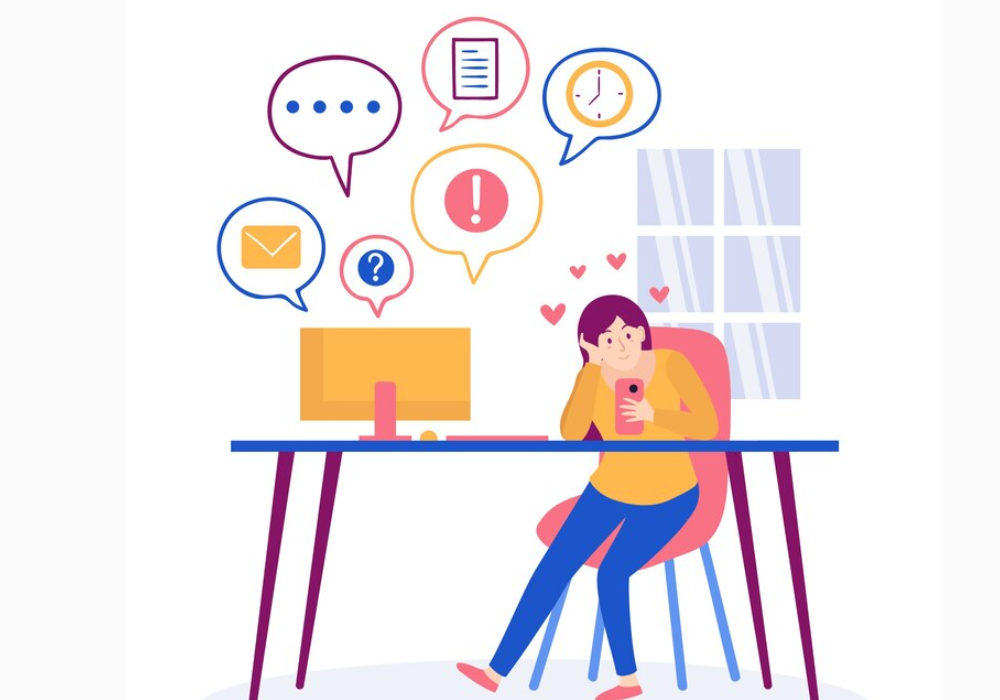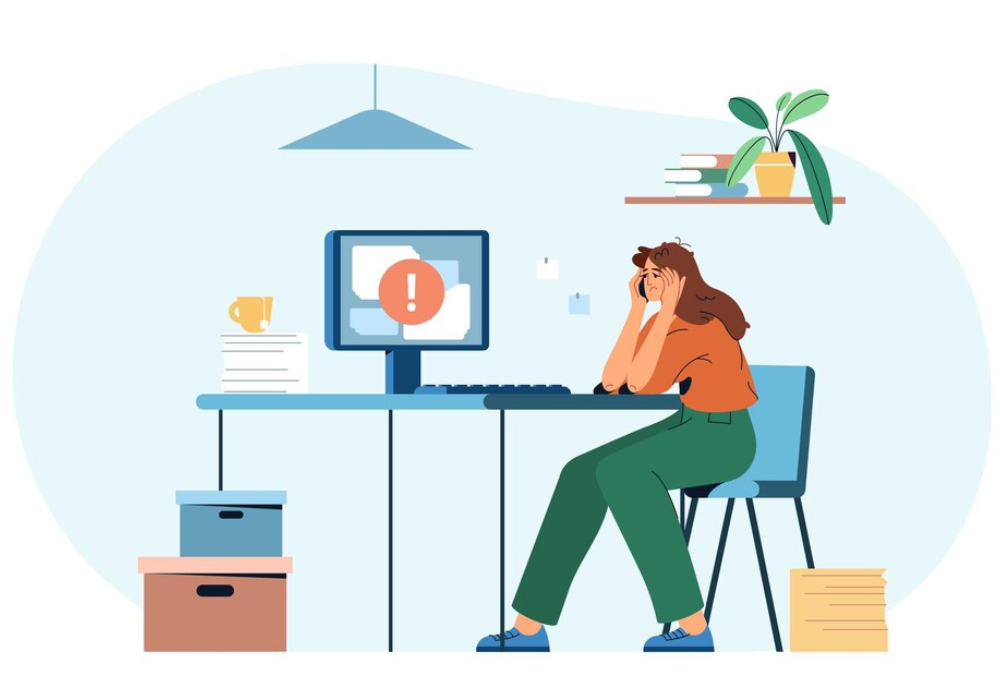In today’s digital age, the shift towards online learning has become more prominent, especially in the scenic city of Dehradun. While online education offers flexibility and access to a wealth of information, it also comes with its set of challenges. One of the most significant issues faced by students is screen fatigue. This article aims to provide practical tips for online learners in schools in Dehradun to help them manage and overcome screen fatigue effectively. Our target audience includes both parents and students, ensuring that everyone involved in the learning process can benefit from these strategies.
Understanding Screen Fatigue

Screen fatigue, also known as digital eye strain, occurs when prolonged exposure to screens leads to discomfort and various symptoms. These symptoms include headaches, blurred vision, dry eyes, neck and shoulder pain, and difficulty concentrating. For online learners, particularly those in Dehradun who may be spending long hours in front of screens, managing screen fatigue is crucial for maintaining both their physical health and academic performance.
Tips for Managing Screen Fatigue

Take Regular Breaks
One of the simplest yet most effective ways to combat screen fatigue is to take regular breaks. The 20-20-20 rule is a great guideline: every 20 minutes, look at something 20 feet away for at least 20 seconds. This practice helps reduce eye strain and gives the eyes a chance to relax. Encourage online learners to incorporate these breaks into their study routine.
Optimize Your Study Space
Creating an ergonomic study environment can significantly reduce the risk of screen fatigue. Ensure that the computer screen is at eye level to avoid neck strain. Use a comfortable chair that supports good posture, and adjust the lighting in the room to reduce glare on the screen. Natural lighting is ideal, but if that’s not possible, use a soft desk lamp.
Adjust Screen Settings
Many students are unaware of the impact that screen settings can have on their eyes. Adjusting the brightness, contrast, and font size on digital devices can make a big difference. Lowering the screen brightness to match the surrounding light and increasing the text size to make reading easier can help reduce eye strain for online learners in Dehradun.
Use Blue Light Filters
Blue light from screens can contribute to eye strain and disrupt sleep patterns. Using blue light filters or glasses can help minimize these effects. Many devices have built-in blue light filter settings that can be turned on during online learning sessions. These filters reduce the amount of blue light emitted by screens, making it easier on the eyes.
Practice Good Eye Care Habits
Encouraging online learners to practice good eye care habits is essential. This includes blinking more frequently to keep the eyes moist, using lubricating eye drops if necessary, and scheduling regular eye check-ups. Parents can play a crucial role in ensuring their children follow these habits, especially when they spend long hours on screens.
Incorporate Physical Activity
Physical activity is not only good for overall health but also helps reduce the effects of screen fatigue. Encourage students to take short walks, stretch, or engage in simple exercises during their breaks. This helps alleviate muscle tension and improves blood circulation, reducing the risk of digital eye strain.
Set Screen Time Limits
Setting limits on screen time can help prevent screen fatigue. Parents can work with their children to establish a balanced schedule that includes time for online learning, recreational screen use, and offline activities. By managing screen time effectively, students can reduce the risk of overexposure to digital devices.
Encourage Offline Activities
While online learning is essential, it’s equally important to encourage offline activities. Reading physical books, engaging in hobbies, playing sports, or spending time outdoors can provide a healthy balance. These activities give the eyes a break from screens and contribute to overall well-being.
Stay Hydrated
Dehydration can exacerbate the symptoms of screen fatigue. Encourage students to drink plenty of water throughout the day. Staying hydrated helps maintain eye health and overall energy levels, making it easier to stay focused during online learning sessions.
Monitor and Adjust
Regularly monitoring how online learners are coping with screen fatigue is crucial. Parents should check in with their children to understand their challenges and make necessary adjustments to their study environment and habits. Open communication ensures that students feel supported and can effectively manage their screen time.
The Role of Parents and Schools

Parents and schools in Dehradun play a pivotal role in helping online learners manage screen fatigue. Schools can provide guidance on best practices for online learning and offer resources such as blue light filters or ergonomic furniture. Teachers can incorporate regular breaks into their virtual classes and encourage students to practice healthy screen habits.
Parents can create a supportive home environment by ensuring that study spaces are well-lit and comfortable, setting realistic screen time limits, and promoting a balanced lifestyle that includes physical activity and offline activities. By working together, parents and schools can help students navigate the challenges of online learning and minimize the impact of screen fatigue.
Conclusion
Online learning is an integral part of education in today’s digital world, and for students in Dehradun, it offers many benefits. However, it’s essential to address the issue of screen fatigue to ensure that online learners can maintain their health and academic performance. By implementing these practical tips and fostering a supportive environment, parents and schools can help students overcome screen fatigue and thrive in their educational journey.










